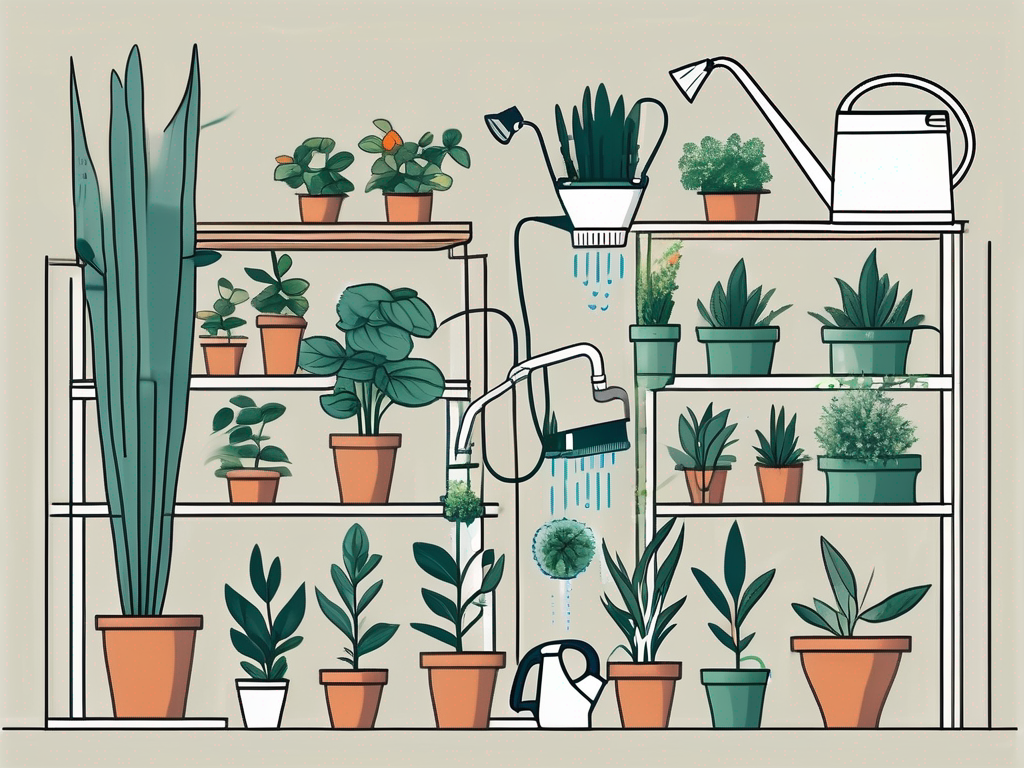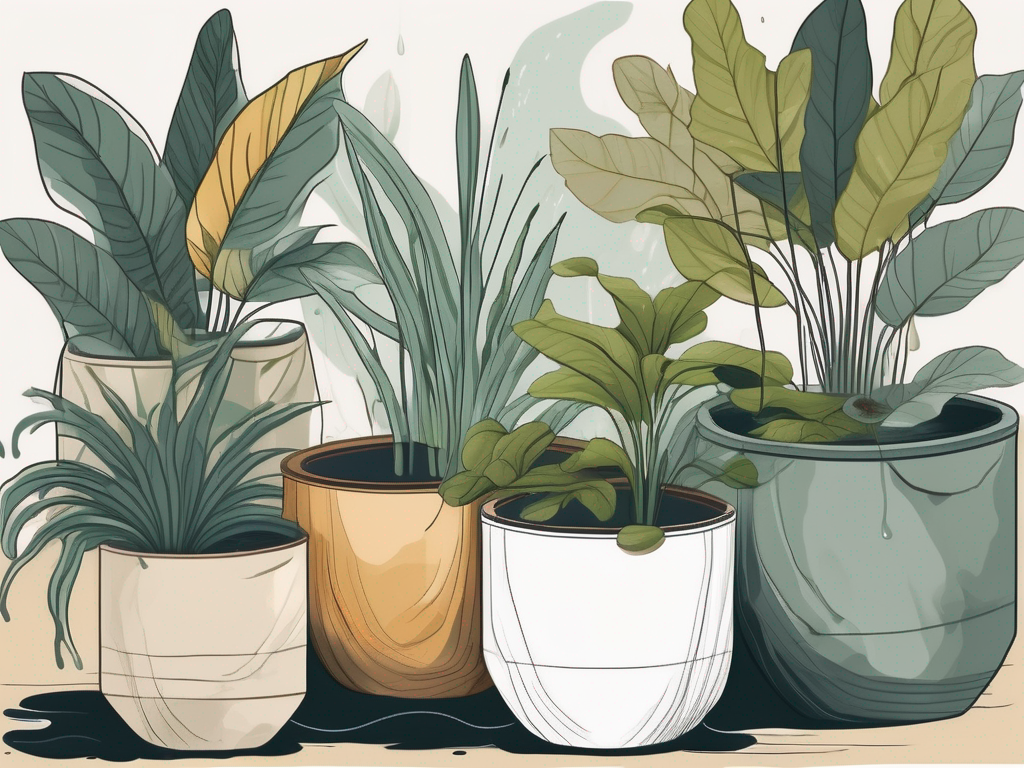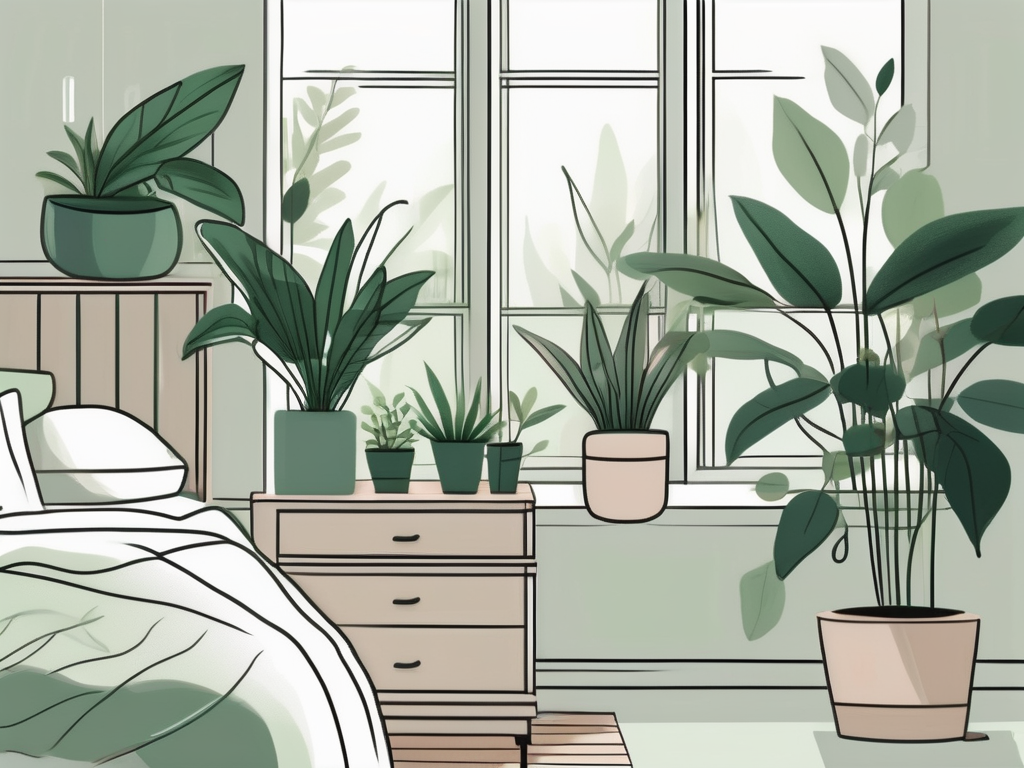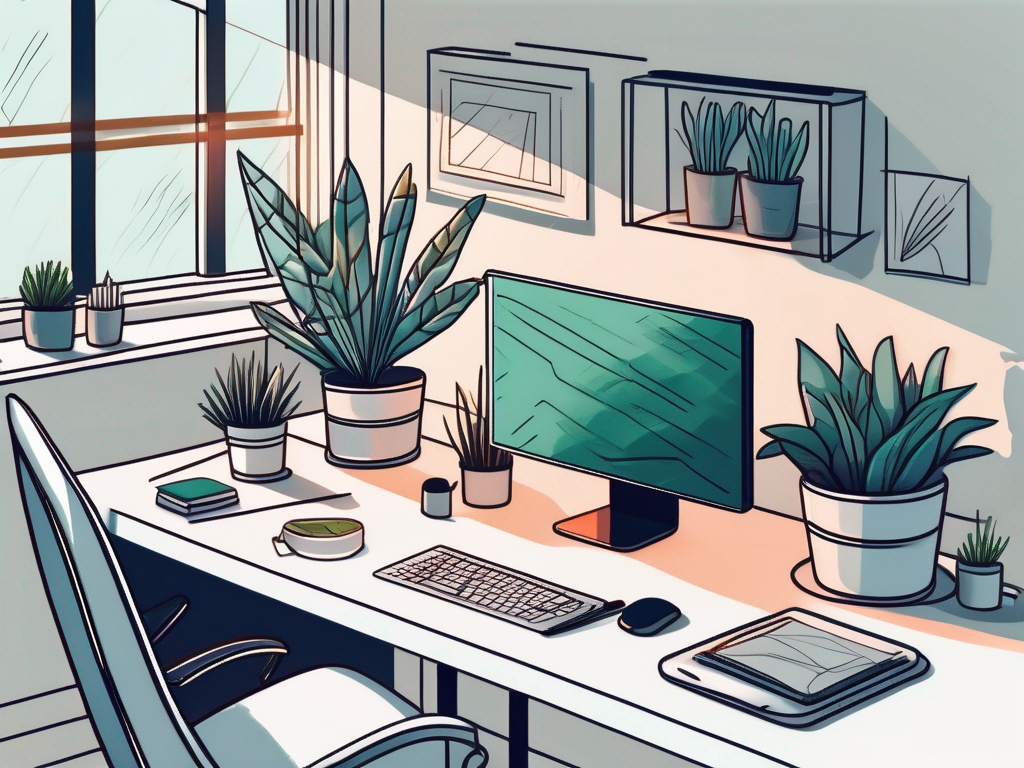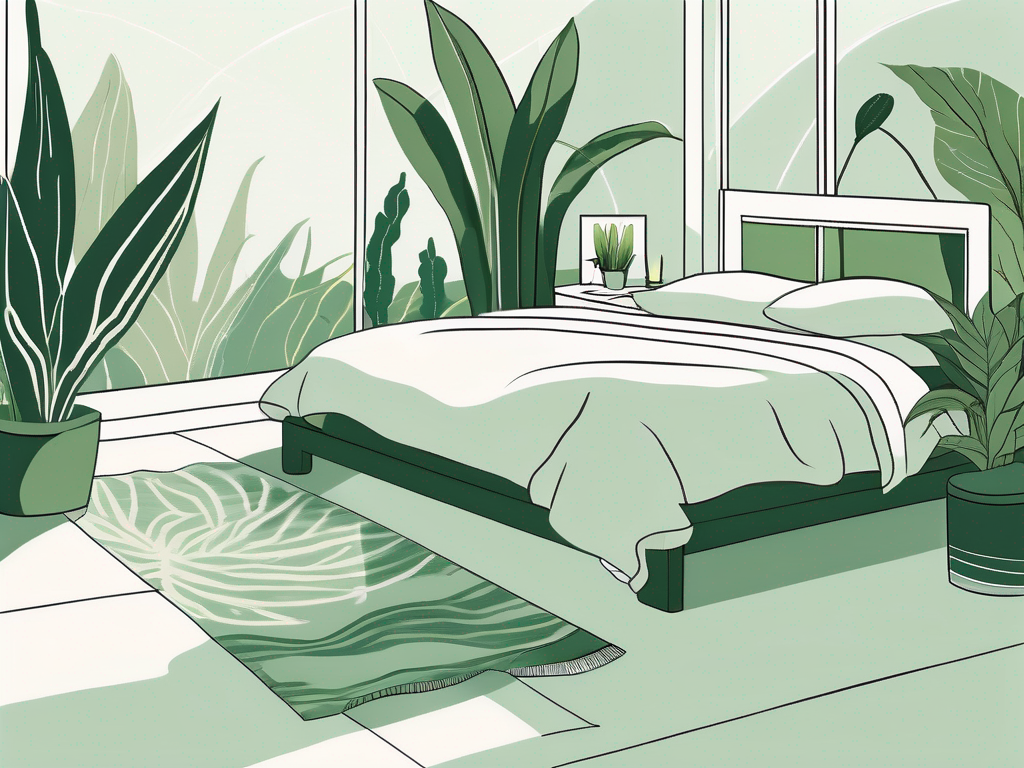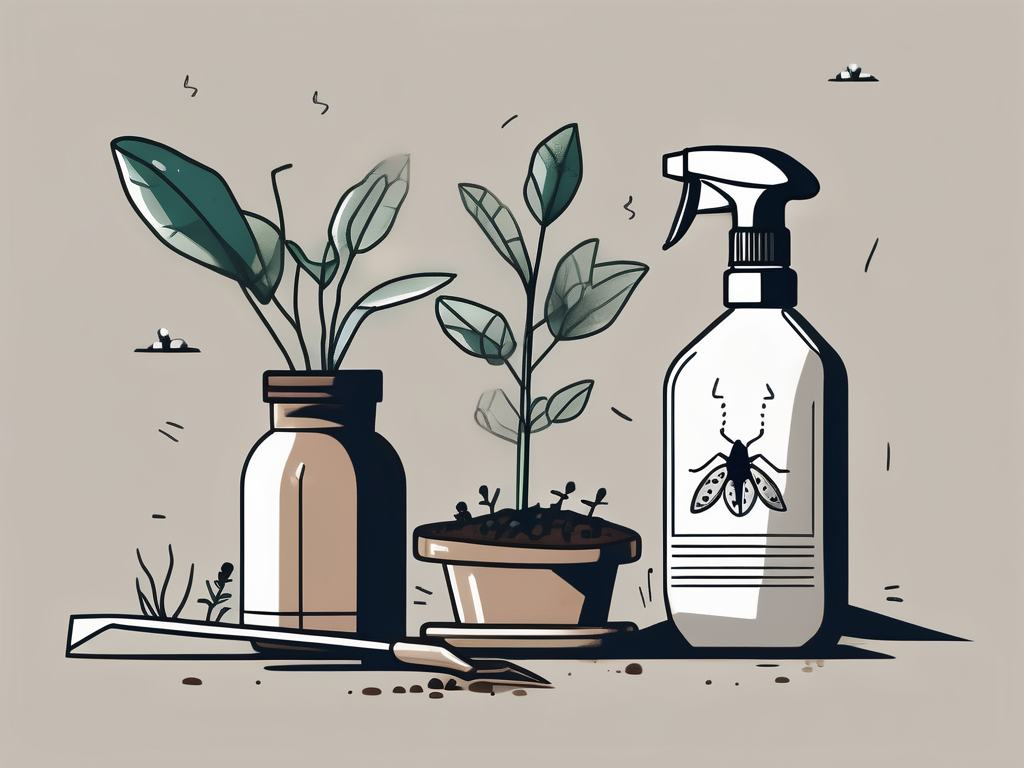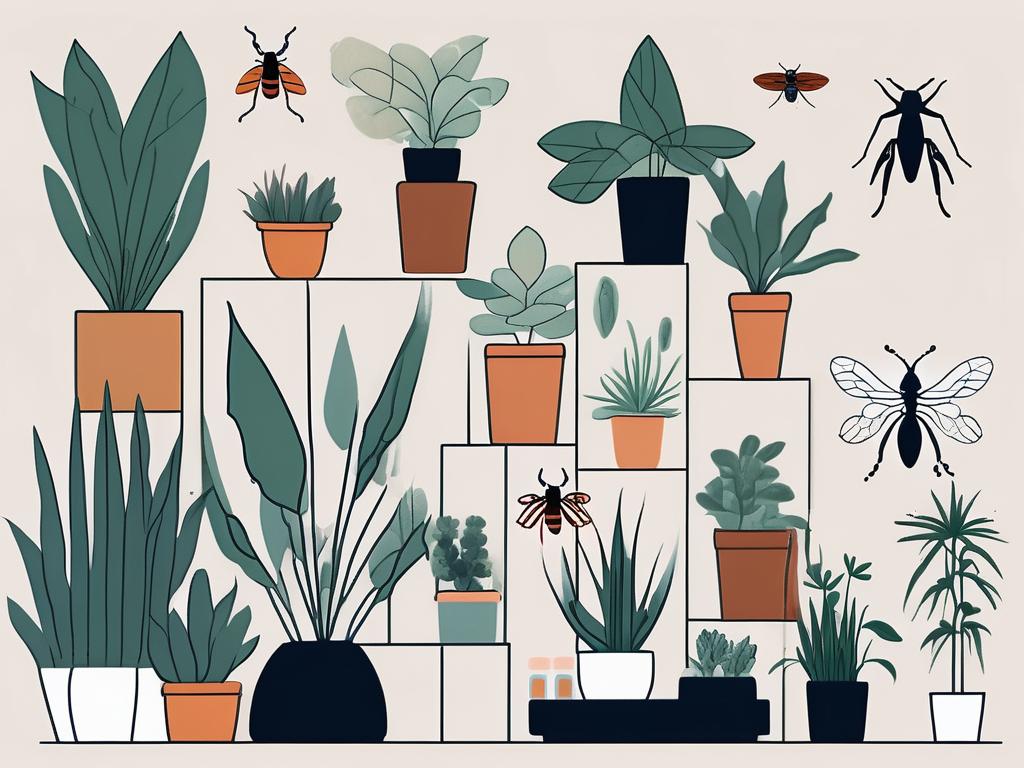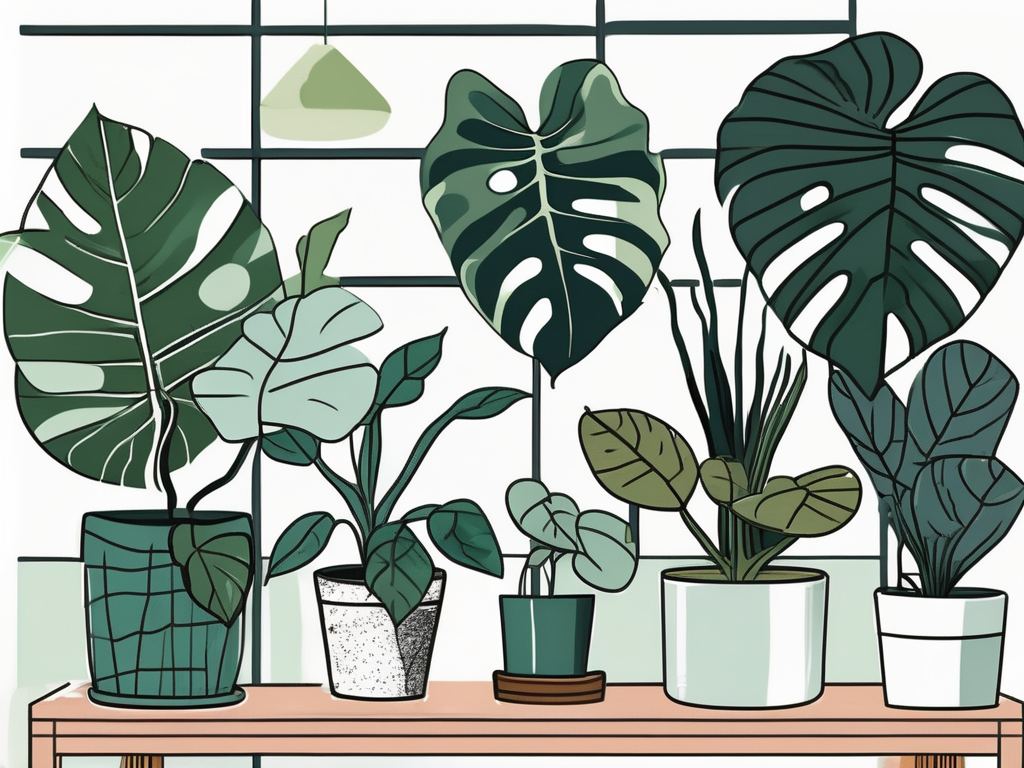
Have you ever found yourself staring at a mystery plant in your home and wondering, "What exactly are you?" You're definitely not alone! Many plant lovers, whether new or seasoned, often find themselves in the same boat. Identifying your houseplant can be a fun and rewarding experience, and it can help you provide the best care for your leafy friend.
In this guide, we'll walk you through the process of identifying your mysterious plant. We’ll discuss some practical tips and tricks, common plant characteristics to look for, and even some tools that can help you get to the bottom of your plant's identity. So grab your detective hat, and let’s get started!
1. Observe the Leaves
The first step in identifying any plant is to take a close look at its leaves. Leaves are often the most distinctive part of a plant and can provide a wealth of information about its identity. Here’s what to look for:
- Shape: Are the leaves round, oval, heart-shaped, or another shape entirely? The shape can be a significant clue.
- Size: Are they large, small, or somewhere in between? This can help narrow down the possibilities.
- Color: While most houseplants have green leaves, some may have variegation (different color patterns), or even purple or red hues.
- Texture: Are the leaves smooth, fuzzy, or waxy? This can be a telling feature.
Interestingly enough, even the veins in the leaves can provide clues. For example, parallel veins often indicate a monocot plant, such as a palm or a peace lily. Meanwhile, branching veins are characteristic of dicot plants, like pothos or ficus.
2. Examine the Stems
Next, take a good look at the plant's stems. Stems can tell you a lot about a plant’s growth habit and type:
- Thickness: Are the stems thin and flexible, or thick and woody? Succulents often have thick stems, while vines like pothos have thinner ones.
- Color: Just like leaves, stem color can vary. Some plants, like the jade plant, have green stems, while others might have brown or even purple hues.
- Growth Pattern: Do the stems grow upright, or do they trail or climb? This can help in determining whether the plant is a climber or an upright grower.
On the other hand, some plants have unique stem features. For instance, cacti have areoles—small, cushion-like structures—while peperomias often have stems that look almost translucent.
3. Look at the Flowers
If your plant is flowering, you’re in luck! Flowers can be one of the easiest ways to identify a plant because they are often unique to a particular species or family.
- Color and Shape: Flowers come in an array of colors and shapes. Orchids have very distinctive blooms, while the peace lily is known for its white spathe and spadix.
- Fragrance: Some flowers have a noticeable fragrance, which can be a giveaway. For example, jasmine plants are known for their sweet scent.
- Blooming Season: When does your plant flower? Some, like the Christmas cactus, bloom seasonally, which can be a helpful identifier.
While it’s hard to say for sure, flowers can often point directly to the plant’s identity, so keep an eye out for any blooms.
4. Check the Roots
Roots might be hidden away in the soil, but they can still offer clues. If you're repotting or have a chance to see the roots, here’s what to consider:
- Shape and Size: Are they long and thick, or fine and fibrous? Monstera plants, for example, have thick, fleshy roots.
- Color: Healthy roots are typically white or light brown. However, some plants, like the rubber plant, may have darker roots.
Interestingly enough, certain plants have unique root features. For instance, orchids often have aerial roots that grow above the soil surface, while some succulents have roots that spread wide to capture moisture.
5. Consider the Plant’s Environment
Your plant’s current environment can offer clues about its past, especially if it’s been thriving in its spot. Here are some aspects to consider:
- Light Requirements: Does it seem to prefer bright, indirect light, or does it thrive in lower light conditions?
- Temperature and Humidity: Some plants, like ferns, thrive in high humidity, while others, like succulents, prefer drier conditions.
On the other hand, if your plant is looking a bit lackluster, it might be in the wrong spot. Adjusting its environment might not only help with its health but also give you more clues about its needs and identity.
6. Research Online and Use Apps
We live in a time where technology is at our fingertips. If you’re still unsure about your plant, there are a variety of resources available online:
- Plant Identification Apps: Apps like PlantSnap or PictureThis allow you to take a photo of your plant and provide potential matches based on their database.
- Online Forums and Communities: Platforms like Reddit or Facebook groups have communities of plant people ready to help identify mystery plants.
- Image Search: Upload a photo to a search engine like Google Images to find similar-looking plants.
These tools can be a fantastic way to get closer to identifying your plant, especially if you have a particularly tricky specimen.
7. Ask an Expert
Sometimes, all the online research and app usage can still leave you puzzled. In these cases, reaching out to someone with more experience can be invaluable:
- Local Nurseries or Plant Shops: Staff at these locations often have a wealth of knowledge and can help with identification.
- Botanical Gardens: These places usually have experts who are familiar with a wide range of plants.
Don’t be shy about reaching out for help. Plant lovers are typically more than happy to share their knowledge and help you on your plant journey.
8. Keeping a Plant Journal
Once you've identified your plant, it can be helpful to keep a plant journal. Note down the plant’s name, care requirements, and any specific observations. This way, you not only have a record of your plant’s identity but also any care tips that are unique to it.
- Growth Patterns: Track how your plant grows over time to better understand its needs.
- Watering Schedule: Keeping a record can help you tailor your care routine.
While it might seem like extra work, a plant journal can be a delightful way to engage with your plants on a deeper level.
9. Embrace the Mystery
While identifying your houseplant is important, sometimes it’s okay to embrace the mystery. Not every plant needs a name right away, and part of the joy of plant parenting is the journey of discovery.
On the other hand, as you continue to care for your plant, you might notice new traits or changes that provide more clues about its identity. So, enjoy the process and remember that plant care is about nurturing and enjoying nature’s beauty in your home.
Final Thoughts
Identifying your houseplant can feel like a fun little mystery to solve. By observing its leaves, stems, flowers, and environment, you can gather clues that lead you to its identity. And remember, using technology and reaching out to plant experts can be great resources if you’re stuck.
At Cafe Planta, we're here to help you in your plant care journey. Whether you have questions about your plant or need some new additions to your collection, feel free to email us or send a DM on Instagram. We believe plants bring people together and inspire us to connect with nature and each other. Whether you're a seasoned plant parent or just starting out, we're excited to share our love of plants with you!

